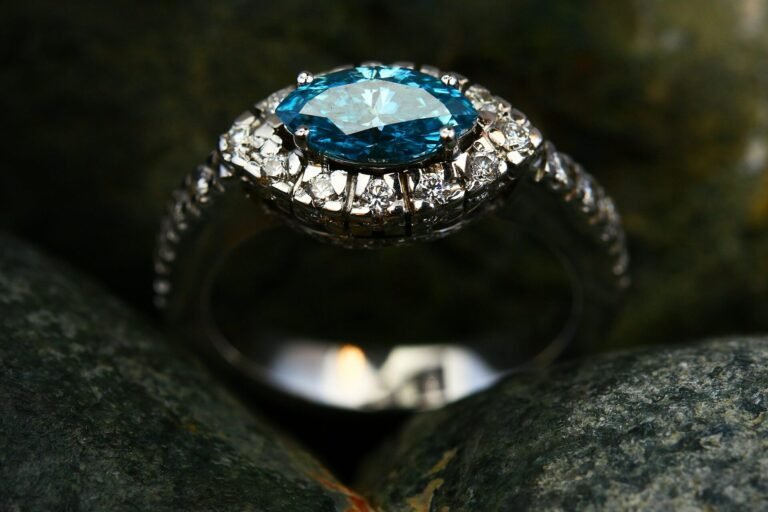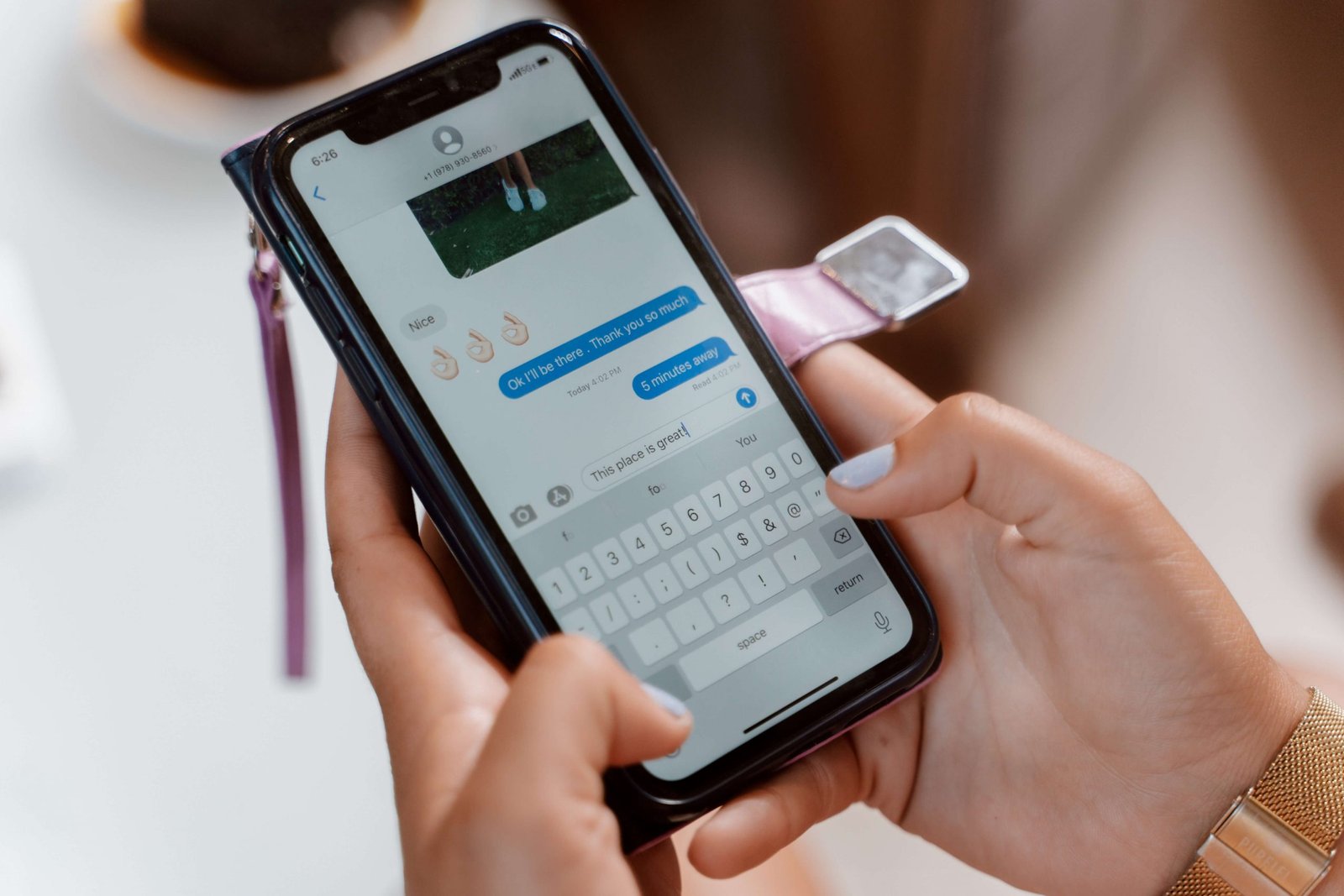Diamonds have always been a symbol of luxury, elegance, and timeless beauty. Whether you’re shopping for an engagement ring, a special gift, or simply adding to your jewelry collection, understanding diamond carat size is crucial. This guide will help you navigate the nuances of diamond carat sizes, from what a one diamond carat really is to how it influences the value and appearance of a diamond.
Key Takeaways for Diamond Carat Size Guide
Carat Weight and Value: Understanding the correlation between one diamond carat and its value is essential. Larger carat weights significantly increase a diamond’s price and overall value.
Impact on Appearance: Carat size affects a diamond’s appearance. Larger carats typically mean more noticeable diamonds, but cut quality and shape also play crucial roles in overall brilliance and perceived size.
Cut Quality: The cut of a diamond can enhance or diminish its visual size. A well-cut diamond can appear larger and more brilliant than a poorly cut diamond of the same carat weight.
Shape Considerations: Different diamond shapes distribute weight differently. For instance, oval or marquise cuts can appear larger than round cuts of the same carat weight due to their elongated shapes.
Budget and Personal Preferences: Balancing budget constraints with personal preferences is key. It’s important to prioritize which aspects (size, cut, clarity, color) matter most to you to make an informed purchase.
Certification and Authenticity: Always purchase diamonds with proper certification from reputable gemological labs like GIA or AGS to ensure authenticity and quality.

Understanding Diamond Carat Size and Diamond Carat Size Chart
What is a Carat? A carat is a unit of weight used to measure diamonds and other gemstones, with one diamond carat being equivalent to 200 milligrams (0.2 grams). The term “carat” comes from the length of the carob tree seeds, which were historically used as a reference for weighing gemstones due to their uniform weight.
Carat vs. Size While carat refers to the weight of a diamond, size refers to its physical dimensions diamond shape. Two diamonds of the same carat weight can appear different in size due to differences in cut proportions and shapes.
2. Carat Weight and Visual Impact
Visual Perception of Carat Weight The visual impact of one diamond carat can vary based on the cut, shape, and setting. A well-cut diamond may appear larger than a poorly cut diamond of the same carat weight. Here’s a brief overview of how carat weight translates to diamond size chart below:
- 0.25 Carat: Approximately 4.1 mm in diameter
- 0.50 Carat: Approximately 5.1 mm in diameter
- 1.00 Carat: Approximately 6.5 mm in diameter
- 2.00 Carat: Approximately 8.1 mm in diameter
- 3.00 Carat: Approximately 9.3 mm in diameter
The Role of Cut and Shape The cut quality and shape of a diamond significantly impact its perceived size. For example, an oval or marquise cut diamond of round carat weight may appear larger than a round cut diamond of the same carat weight due to their elongated shapes.
3. Carat Weight and Diamond Value
Carat and Pricing One diamond carat is one of the primary factors that determine the price of a diamond. Larger diamonds are rarer and thus command higher prices per carat. The price increases exponentially rather than linearly with carat and diamond weight alone. For instance, a 1-carat diamond might cost more than double the price of a 0.5-carat diamond of the same quality.
Quality Factors While carat weight is crucial, the value of actual size of a diamond is also influenced by the other “Four Cs”—cut, color, and clarity. A smaller diamond with excellent cut, color, and clarity can be more valuable than a larger diamond with inferior quality in these aspects.
4. Popular Carat Sizes and Trends
Common Carat Sizes Certain carat sizes, such as one diamond carat, are more popular due to their balance between size and affordability. The most sought-after carat weights are 0.50, 1.00, 1.50, and 2.00 carats. These sizes are often chosen for engagement rings and other significant jewelry pieces.
Trends in Diamond Sizes Trends in diamond sizes can vary based on cultural preferences and economic factors. In some regions, larger diamonds are preferred, while in others, the focus is on quality rather than size. Understanding current trends can help you make an informed decision when purchasing a diamond.
5. Choosing the Right Carat Size for You
Personal Preference and Budget Selecting the right carat size, such as one diamond carat, is a personal decision influenced by budget, style, and preference. Consider what is most important to you—whether it’s having a larger diamond or a higher quality diamond within your budget.
Lifestyle Considerations Your lifestyle can also affect your choice of carat size stones. If you lead an active lifestyle or work with your hands frequently, a smaller, more securely set diamond may be more practical.
Ring Setting and Carat Size The setting of the diamond can enhance its appearance. For example, a halo setting the center diamond (a ring of smaller diamonds around the main diamond) can make the center stone appear larger.
6. Misunderstandings About Diamond Carat Size
Bigger Isn’t Always Better There is a common misconception that one diamond carat is always better. However, the overall beauty and brilliance of a diamond are significantly influenced by its cut quality. A well-cut smaller diamond can outshine a larger diamond with poor cut quality.
Carat Weight vs. Carat Size Another misunderstanding is equating carat weight directly with diamond carat size chart. As mentioned earlier, two diamonds with the same carat weight can look different in size depending on their cut and shape.
Financial Considerations for the Center Stone
Cost Implications Buying one diamond carat is a significant financial investment. Understanding the cost implications of the different sizes, carat weights and qualities can help you make a more informed purchase. Remember that larger diamonds not only cost more but may also require more expensive settings and insurance.
Investment Value Diamonds can hold and even increase in value over time, especially those of higher quality and larger than 7.3 mm. carat weights. However, it’s important to purchase from reputable dealers and get certified diamonds to ensure their value.
8. Practical Tips for Buying Diamonds
Certification and Authenticity Always buy diamonds that come with a certification from reputable gemstone grading labs like GIA (Gemological Institute of America) or AGS (American Gem Society). This ensures that the diamond’s quality and authenticity are accurately represented.
Comparing Diamonds Compare multiple diamonds within your budget to see which offers the best combination of size, cut, color, clarity, and one diamond carat. Online retailers often provide detailed images and videos, making it easier to compare diamonds from the comfort of your home.
Consulting with Experts Don’t hesitate to consult with a diamond expert or jeweler. They can provide valuable insights and help you find the best diamond for your needs and budget.

Diamond Carat Size Guide: Financial Aspects, Misunderstandings, and Overlooked Factors
Financial Aspects of Diamond Carat Size
Cost Implications
Exponential Pricing The price of one diamond carat increases exponentially with carat weight. For example, while a 1-carat diamond might cost $6,000, a 2-carat total weight two-carat diamond of similar quality could cost upwards of $20,000. This is because larger diamonds are rarer and command higher prices per carat.
Quality vs. Carat Weight Investing in a smaller diamond with higher quality in terms of cut, color, and clarity can often provide better value than purchasing a larger diamond with lower quality. A well-cut diamond maximizes light performance, making it appear more brilliant and larger than its actual carat weight.
Hidden Costs Purchasing a diamond involves more than just the cost of the stone. Additional expenses include the setting, maintenance, and insurance. Larger diamonds may require more robust settings and higher insurance premiums, adding to the overall cost.
Investment Value
Appreciation Potential High-quality diamonds, especially those with one diamond carat, can appreciate over time. However, the diamond market can be volatile, and returns on investment are not guaranteed. It’s essential to buy certified diamonds from reputable sources to ensure their value and authenticity.
Resale Value The resale value of diamonds can vary significantly. Retail diamonds often have high markups, and selling a diamond might not fetch a price equal to its purchase cost. Factors like market demand, diamond quality, and economic conditions influence resale value.
Common Misunderstandings About Carat Size
Carat Weight vs. Size Perception
Visual Appearance Many people equate carat weight directly with the size chart the physical size of a diamond. However, the cut quality greatly influences how large a diamond appears. A well-cut 1-carat diamond can look larger than a poorly cut 1.2-carat diamond because of better light performance and optimal proportions.
Depth and Spread Diamonds of one diamond carat can have different dimensions. For instance, a round diamond made with a larger table (top surface) might appear bigger than a deeper diamond of the same carat weight. Understanding these nuances helps in choosing a diamond that meets visual expectations.
Sparsely Discussed Factors
Fluorescence
Impact on Appearance and Value
Fluorescence in one diamond carat can affect its appearance and value. While some buyers prefer diamonds with a slight fluorescence for their unique glow, others avoid them due to concerns about haziness or cloudiness. It’s a factor often overlooked but can influence both the price and visual appeal of a diamond.
Ethical Sourcing
Conflict-Free Diamonds
Ethically sourced one diamond carat, certified as conflict-free, are increasingly important to consumers. These diamonds are mined and processed under fair labor practices without funding armed conflicts. The Kimberley Process Certification Scheme (KPCS) ensures that diamonds are ethically sourced, but buyers should be aware of and inquire about a diamond’s origin.
Lab-Grown vs. Natural Diamonds
Cost and Value
Lab-grown one diamond carat are chemically identical to natural diamonds but cost significantly less. They provide a more affordable option for consumers seeking larger carat weights without compromising on quality. However, resale value and market perception can differ from natural diamonds, impacting long-term value.
Diamond Shapes and Carat Weight Distribution
Shape Influence
The shape of one diamond carat influences its apparent size and carat weight distribution. For example, elongated shapes like oval, pear, and marquise cuts often appear larger than round diamonds or square cuts of the same carat weight. This can be an essential consideration for those looking to maximize visual impact without increasing carat weight significantly.
Conclusion
Understanding the financial implications, common misunderstandings, and often overlooked factors of one diamond carat is crucial when purchasing a diamond. The impact of carat weight on appearance and value, along with the importance of cut and shape, requires careful consideration. By thoroughly researching these aspects, you can make informed decisions that align with your preferences and financial goals.
For more detailed guides and insights on jewelry and other topics, visit HowToKings.com, your comprehensive resource for DIY guides, tech tutorials, and expert advice on finance and personal development. Being well-informed will help you navigate the diamond market and make wise investments.
*Editor’s Note: The information in this article is intended for your educational use only and is not a substitute for professional medical advice, diagnosis, or treatment. Always seek the advice of your physician or other qualified health providers with any questions you may have regarding a medical condition before undertaking any diet, supplement, fitness, or other health programs.




